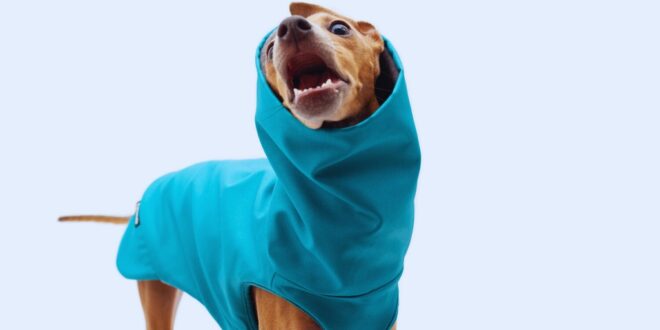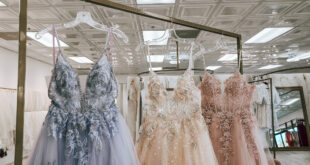The allure of pet fashion is undeniable. As boutique dog stores flourish and pet fashion shows gain traction, it’s evident that clothing our four-legged friends has evolved from a sporadic pastime to a burgeoning industry.
This trend might be captivating, adorned with images of bejeweled poodles and terriers in tutus, but it also begets several myths surrounding the love, or lack thereof, our pets have for this new-found fashionista lifestyle. Amidst the chatter of sequined collars and satin booties, it’s crucial to discern the difference between what’s fashionable and what’s comfortable for our furry companions.
Myth 1 – Dogs Love Dressing Up
Scrolling through social media, it’s hard not to stumble upon countless images of dogs draped in vibrant apparel, sparking the belief that every canine out there has a penchant for fashion. However, this is a gross generalization. Just as humans have their unique style and comfort preferences, dogs too exhibit a spectrum of reactions to clothing.
Some dogs, basking in the attention they receive, might revel in their new attire, while others may feel confined or irritated. Remember those times when you bought a trendy outfit only to realize it wasn’t comfortable? Our pets experience the same. It’s our responsibility as pet parents to be attuned to their preferences.
Myth 2 – All Dogs Need Clothing for Warmth
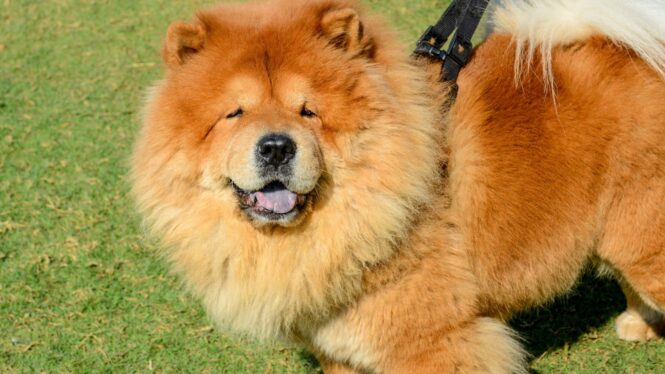
Winter months often bring images of huskies romping joyfully in the snow, while small chihuahuas shiver despite their furry coats. This contrast leads to the widespread belief that every dog, irrespective of its breed, requires extra layers for warmth. This is a misconception.
Many dog breeds come equipped with thick fur that naturally insulates them against cold conditions. For them, an added layer can be excessive and cause overheating and this is why it’s important to buy only the best pet clothes. On the other hand, some breeds, particularly those with shorter hair, might benefit from an extra layer in frigid temperatures.
Myth 3 – Clothing Is Harmless for Dogs
It’s tempting to believe that, at worst, dog clothing is a neutral addition. After all, they look so cute, right? However, not all pet fashion is created equal. A poorly designed outfit can lead to various issues, including skin irritations, restricted movement, and even overheating. Imagine wearing an itchy sweater all day, or shoes that are too tight. The discomfort can be unbearable. Similarly, dogs can experience chafing, loss of fur, and even allergies from materials unsuited to their skin.
Myth 4 – Fashion Over Function
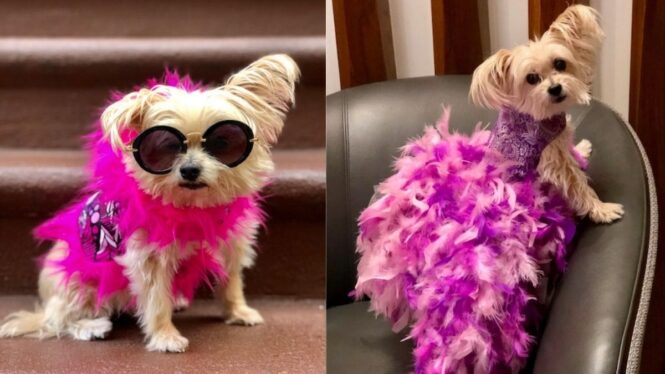
As the pet fashion industry has soared, the market is brimming with outfits that prioritize style over substance. Sequined jackets, feathered caps, or bejeweled collars might be eye-catching, but do they serve a practical purpose? Not always. Pet fashion should be a harmonious blend of form and function.
For instance, during the rainy season, a waterproof raincoat or protective boots might be more than just an accessory – they could protect your dog from getting wet or walking on potentially harmful substances. It’s essential to weigh the balance between what looks good and what serves a functional purpose, always leaning more towards the latter.
Myth 5 – All Dogs Are the Same
It’s a simple fact that each dog is unique, with its own personality, quirks, and preferences. Yet, many pet owners fall into the trap of believing that what works for one dog will surely work for another. This couldn’t be further from the truth.
For instance, while a husky might relish snowy conditions, a dachshund might despise them. The same logic extends to clothing. What one dog finds cozy and comforting, another might find stifling or irritating. Beyond individual personality, breed-specific traits can influence how a dog reacts to clothing.
Myth 6 – Dressing Up Is a Form of Love
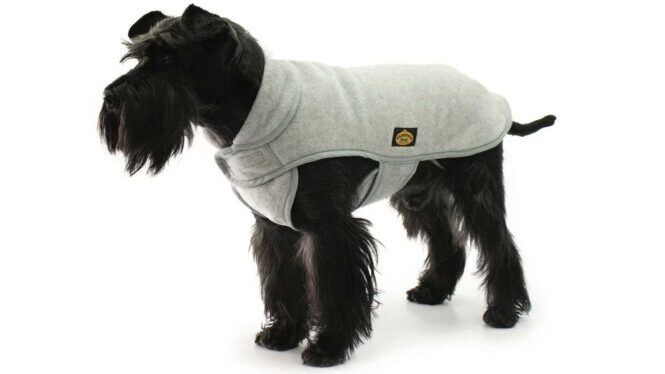
Love for our pets is often expressed in many ways – from the food we provide, the toys we buy, to the time we spend with them. However, the notion that dressing up our dogs is universally an act of love is misleading. While many dogs might enjoy the sensation of being wrapped in a cozy sweater or the attention they get in a cute outfit, others might perceive it as a restriction or even a punishment. Clothing should never be forced upon a pet as a display of affection. Genuine love is reflected in understanding and respecting their preferences.
Myth 7 – Dogs Are Natural Models
With the rise of pet influencers and dog modeling, one might be led to believe that all dogs are just waiting for their turn on the runway. This is a romanticized view. The reality is, while some dogs might revel in the spotlight, many others might find the process of dressing up and posing distressing. Just like humans, not every dog is cut out for the limelight. Forcing a dog into this role can lead to stress, anxiety, and even behavioral issues.
Myth 8 – Pet Fashion Is Essential
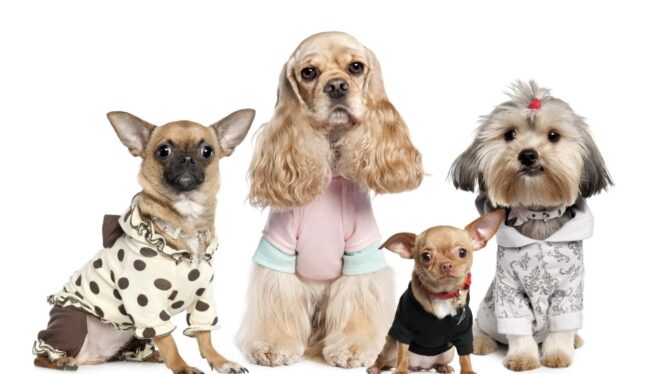
Fashion, whether for humans or pets, is often a personal choice. While some pet owners swear by the benefits and joys of dressing up their dogs, others might find it superfluous. There’s no hard and fast rule that mandates pet fashion as a staple for every dog owner. There are scenarios where pet clothing might offer added benefits, like protection from extreme weather conditions.
The Truth About Dogs and Clothing
After debunking the myths, it’s clear that pet fashion isn’t black and white. The key lies in understanding and prioritizing the well-being and comfort of our furry friends. While clothing can be a delightful addition, it’s vital to ensure it doesn’t compromise a dog’s happiness or health.
Tips for Choosing Pet Clothing Wisely
Selecting the right attire for your dog goes beyond just picking the most stylish outfit. Consider factors like the right size (avoiding too tight or too loose fits), comfort (soft and breathable materials), and the specific need (protection from cold, rain, or sun). Observing your dog’s behavior when they wear clothing can also provide insights. Do they move comfortably, or do they try to wriggle out? These cues can guide your future fashion choices.
Conclusion
Dressing up our pets can be a joyous affair, filled with photo opportunities and adorable moments. However, at the heart of it all should be our dog’s comfort and happiness. As we’ve seen, pet fashion is filled with myths, and navigating them requires a blend of understanding, observation, and love. Remember, fashion can be fun, but our dogs’ well-being should always be at the forefront of our choices.
 Imagup General Magazine 2024
Imagup General Magazine 2024
